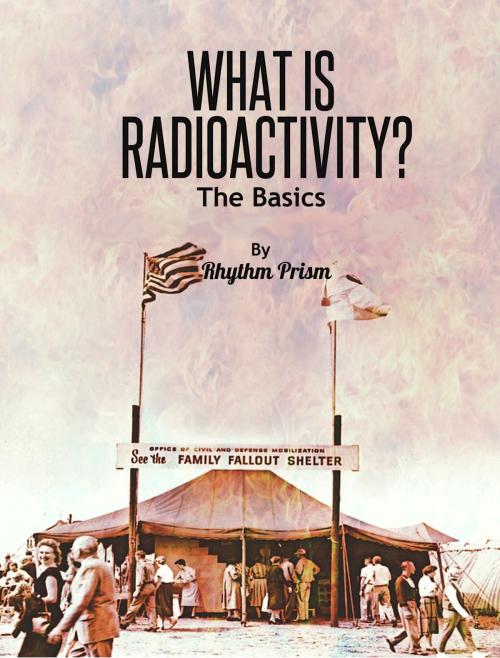What Is Radioactivity? The Basics
Nonfiction, Science & Nature, Science, Physics, Radiation, History, Modern, 20th Century| Author: | Rhythm Prism | ISBN: | 9781311434753 |
| Publisher: | Rhythm Prism | Publication: | May 21, 2015 |
| Imprint: | Smashwords Edition | Language: | English |
| Author: | Rhythm Prism |
| ISBN: | 9781311434753 |
| Publisher: | Rhythm Prism |
| Publication: | May 21, 2015 |
| Imprint: | Smashwords Edition |
| Language: | English |
In January of 2016, North Korea announced it had tested a hydrogen bomb. Whether or not this technology is part of the North Korean arsenal, the hydrogen bomb is part of our world. What Is Radioactivity? The Basics explains, in simple terms, the principles of the atomic and hydrogen bombs, the implications of nuclear energy and the history of atomic science. This book is a remarkably easy read for the non-scientist.
Radioactivity. Most people have used the word, but many do not understand what it means. This book explains the principles of radioactivity. The difference between artificial and natural radioactivity is described. It is in this difference that the power to make nuclear weapons and produce nuclear energy exists.
What is Radioactivity? The Basics traces the history of radioactivity. It begins with the scientists who investigated the mysteries of the atom, for it is in an understanding of the atom that the story of radioactivity begins. Follow the paths of early scientists. Read about their wonder as they learned secrets of the universe.
Pictures and clear diagrams in the book help to tell the story of radioactivity. The mushroom cloud over Nagasaki is captured in a photo. Einstein, Fermi, the Curies--and so many other pioneers in atomic science--are included in photos and in the narrative.
If you've ever wondered about radioactivity and pondered the merits of arguments that surround the phenomenon, read this book. It will serve as an introduction to one of the most relevant, and important, discussions of our time.
In January of 2016, North Korea announced it had tested a hydrogen bomb. Whether or not this technology is part of the North Korean arsenal, the hydrogen bomb is part of our world. What Is Radioactivity? The Basics explains, in simple terms, the principles of the atomic and hydrogen bombs, the implications of nuclear energy and the history of atomic science. This book is a remarkably easy read for the non-scientist.
Radioactivity. Most people have used the word, but many do not understand what it means. This book explains the principles of radioactivity. The difference between artificial and natural radioactivity is described. It is in this difference that the power to make nuclear weapons and produce nuclear energy exists.
What is Radioactivity? The Basics traces the history of radioactivity. It begins with the scientists who investigated the mysteries of the atom, for it is in an understanding of the atom that the story of radioactivity begins. Follow the paths of early scientists. Read about their wonder as they learned secrets of the universe.
Pictures and clear diagrams in the book help to tell the story of radioactivity. The mushroom cloud over Nagasaki is captured in a photo. Einstein, Fermi, the Curies--and so many other pioneers in atomic science--are included in photos and in the narrative.
If you've ever wondered about radioactivity and pondered the merits of arguments that surround the phenomenon, read this book. It will serve as an introduction to one of the most relevant, and important, discussions of our time.















